Piriformis syndrome is a condition characterized by the compression or irritation of the sciatic nerve due to the presence of trigger points in the piriformis muscle. Trigger points are hyperirritable knots within the muscle fibers that can cause pain and dysfunction. Releasing these trigger points is crucial for alleviating symptoms and improving functionality for individuals dealing with piriformis syndrome.
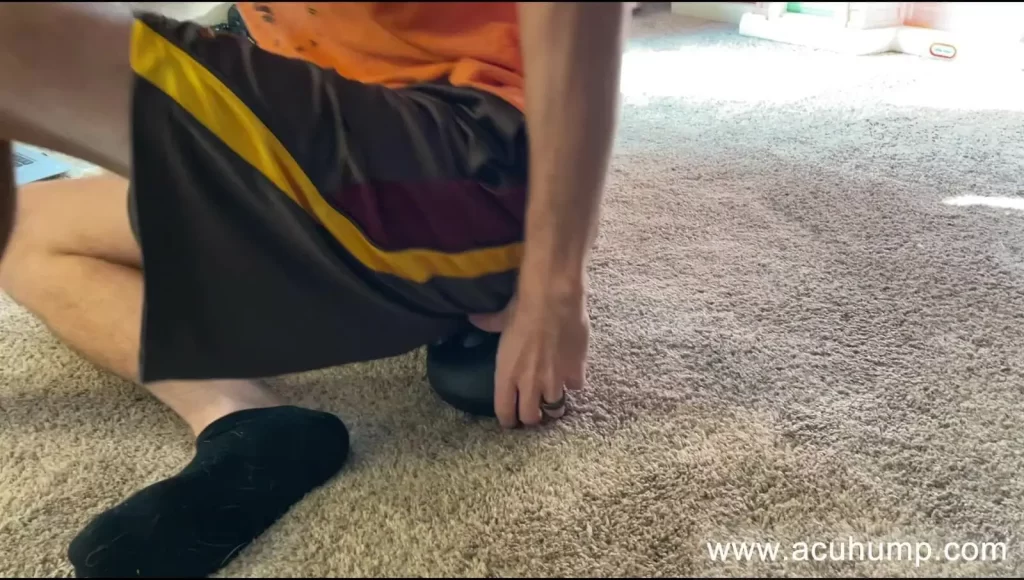
What is The Piriformis Trigger Points
Piriformis trigger points (TPs) are personalized points that are similar to the concept of Ashi points in traditional Chinese medicine1. Unlike fixed points, TPs are specific to the taut bands of skeletal muscles and can be found in various muscles throughout the body. In contrast, Ashi points can be located anywhere on the body surface, regardless of muscle distribution.
However, TPs may also be determined as Ashi points based on a patient’s response. While Ashi points can reflect diseases from non-muscle regions, TPs are frequently found in pain disorders such as myofascial pain syndrome.
Specifically, Piriformis TPs develop in the myofascial2, mainly in the center of a muscle belly where the motor endplate enters. These palpable nodules range in size from 2-10mm and can be found in different places within skeletal muscles. By identifying and treating these trigger points, individuals with piriformis syndrome can alleviate muscle spasms, tightness, contractions, and other associated problems.
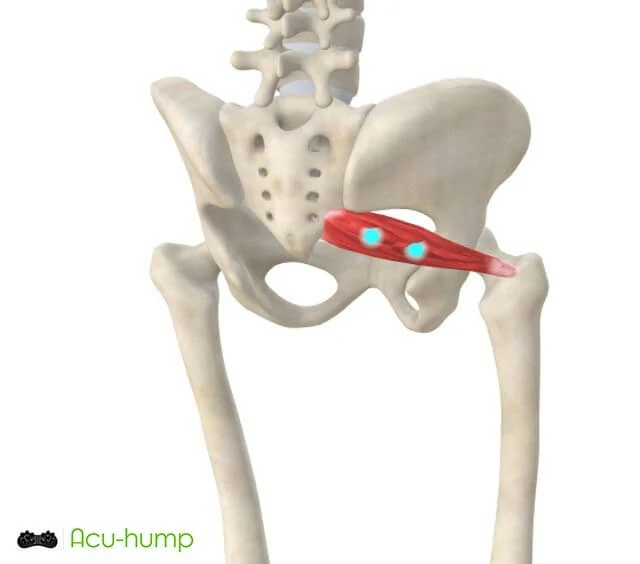
Diagnosis and Assessment
If you suspect that you may be suffering from piriformis syndrome, you can perform a preliminary self-assessment. Here are some signs to look out for:
- Pain in the buttocks: Do you experience pain in one or both buttocks that worsens when sitting for long periods or with certain movements?
- Radiating pain: Does the pain extend down the back of your leg, following the distribution of the sciatic nerve?
- Numbness or tingling: Do you experience a sensation of numbness or tingling in your buttocks, thigh, or leg?
- Weakness: Do you notice a weakness in your leg or difficulty walking?
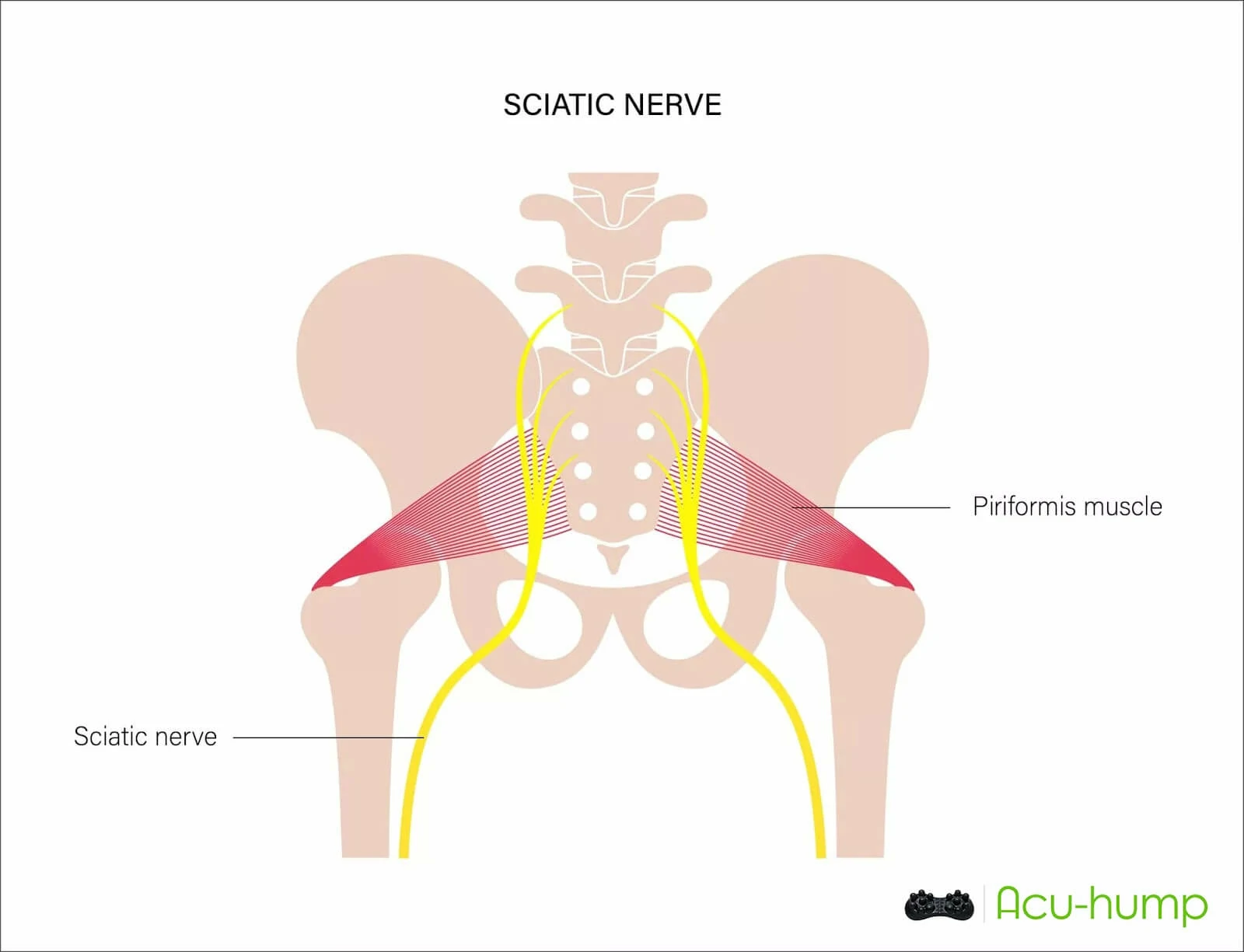
If you answered yes to one or more of these questions, you could take some self-tests for piriformis to confirm. They can perform a comprehensive assessment, including physical examinations and imaging techniques, to determine if you have piriformis syndrome and provide appropriate treatment recommendations.
Diagnosing piriformis trigger points involves a comprehensive assessment. Orthopedic tests, physical examinations, and imaging techniques, such as MRI or ultrasound, can aid in identifying the presence of trigger points. Proper diagnosis is essential to differentiate piriformis syndrome from other conditions with similar signs.
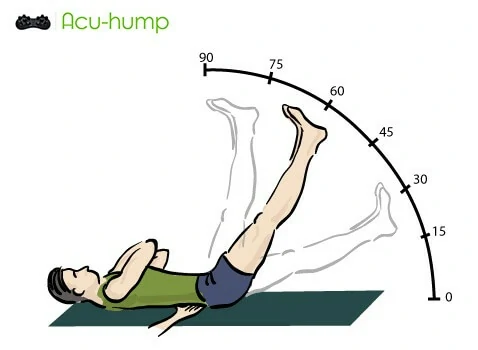
Massage for Piriformis Trigger Point
Massage therapy targeting piriformis trigger points can be a highly effective approach in relieving the discomfort associated with piriformis syndrome. Trigger points, commonly known as muscle knots, are hyperirritable spots within the piriformis muscle that often cause referred pain in the hip and buttock region.
By employing the precise techniques of trigger point massage, trained therapists can skillfully apply pressure to these specific problem areas, encouraging the release of tension and promoting muscle relaxation. This therapeutic intervention not only aids in alleviating the pain caused by piriformis trigger points but also helps to improve flexibility and restore normal muscle function.
Getting trigger point massage into your treatment plan can be an integral part of addressing piriformis syndrome effectively and providing much-needed relief. With the skilled hands of a knowledgeable massage therapist targeting these trigger points, you can experience renewed comfort and regain your freedom of movement.
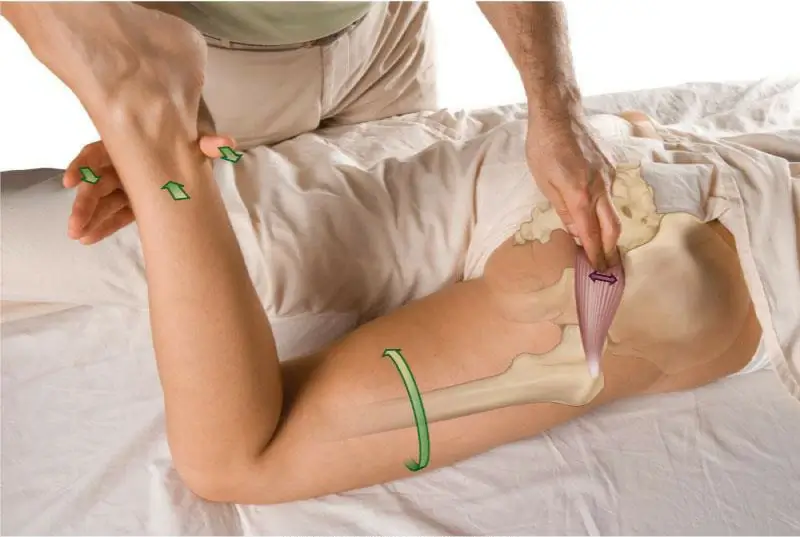
Another 5 Methods for Releasing Trigger Points
Various techniques can be used to release piriformis trigger points effectively:
- Piriformis trigger point injections: A healthcare professional will use a small needle to inject a local anesthetic or medication directly into the trigger points of the piriformis muscle, providing targeted pain relief and muscle relaxation.
- Dry Needling: This technique involves using thin, solid needles to penetrate trigger points, eliciting a therapeutic response and muscle relaxation.
- Tools-Assisted Techniques: Like Acu-hump can be utilized to apply pressure and release trigger points.
- Heat Therapy: Applying heat to the affected area can relax the muscle, increase blood circulation, and promote trigger point release.
- Piriformis syndrome stretching and Strengthening: Specific stretching and strengthening exercises help alleviate trigger points and enhance the function of the piriformis muscle, reducing the likelihood of future trigger point development.
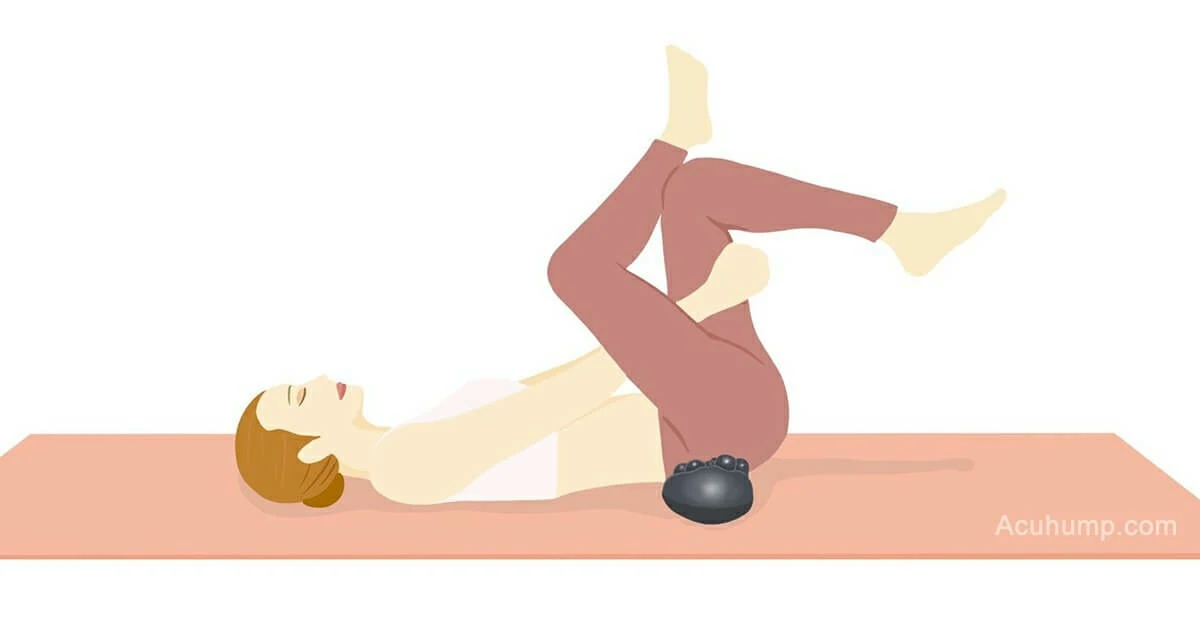

Acu-hump®
Release Butt & Lower Back
Self-Care and Prevention
Individuals can take proactive steps to maintain piriformis muscle health and prevent trigger point development:
– Engage in regular exercises that stretch and strengthen the hip and gluteal muscles.
– Maintain good posture and ergonomic practices to minimize muscle tension and compression of the sciatic nerve.
– Practice self-care techniques such as heat application, self-massage, and relaxation exercises to reduce muscle tension and promote overall muscle health.
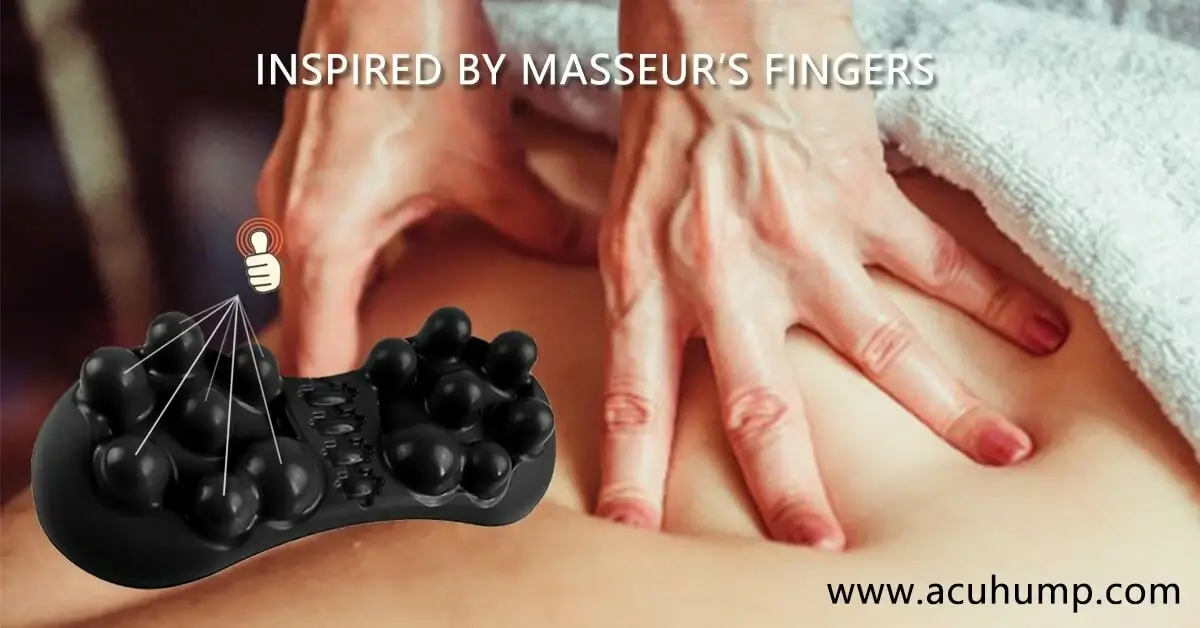
Piriformis trigger point release is a vital aspect of managing piriformis syndrome. By addressing trigger points in the piriformis muscle, individuals can experience relief from pain, improvement in functionality, and overall better quality of life.
However, it is crucial to consult healthcare professionals for proper diagnosis and personalized treatment plans that may involve trigger point release techniques, complementary therapies, and self-care strategies. Taking a comprehensive approach can optimize outcomes and promote long-term well-being in individuals dealing with piriformis syndrome.

Acu-hump: 30-day return policy.
You have no risk.
Symmetrical 14 pressure point nubs are based on the principle that pressure applied to deep tissue can activate the nervous system and release muscle knots.
Combined with the hump shape designed for stretching muscles, these help to relieve your muscles, reduce tension and improve circulation.
Piriformis Stretches PDF Free Download
10 Minutes Stretches for Sciatica Piriformis Lower Back PDF

